I recently shared a post about a Garden Safari that I went on, at some point last week. I spoke about the joys of sitting in the sun watching the wildlife around me, but the exciting part was how I found a new species of Hoverfly that I had not seen in the garden before. It was really cool to see, and takes the Species Count of the Garden up to an amazing 849 species.
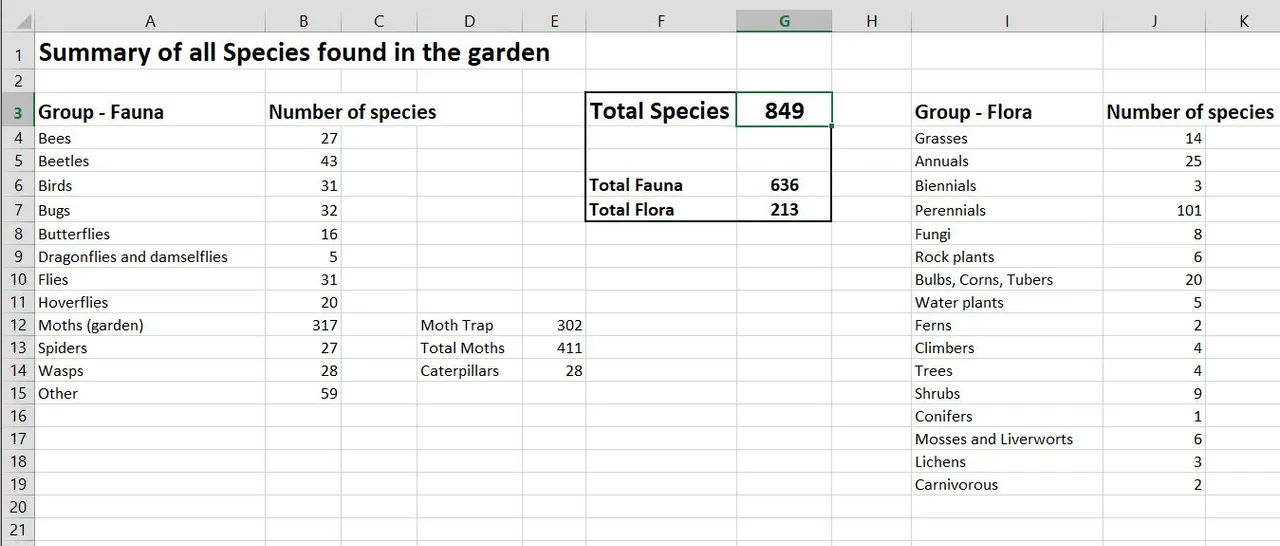
I have written about creating a List of Species in a previous post, but I thought it would be worth the effort to go through it properly and show just how much variety of invertebrates and birds and plants and all sorts of other animals there are to see in the garden.
A few points before we begin:
- I only include species to the list that I am sure of (or had verification from an expert)
- Not all 800 odd species are present in the garden at any one time (obviously) The vast majority are only present for a short amount of time, or even just briefly passing through the area.
- My work (project, hobby, whatever you want to call it) is inspired by a book written by Jennifer Owen Wildlife of a Garden: A Thirty Year Study. The book tells how she spent all her spare time in her garden documenting everything she could see.
Part 1 - Bees and Beetles
Part 2 - Birds and Bugs
Introduction done: lets get to it!

Butterflies (part of the Lepidoptera order) - 16 Species
Compared to some orders (groups) Butterflies are relatively easy to identify. They are reasonably large compared to most invertebrates, and often with recognisable patterns. There are approximately 60 species found in the UK, so there are not many to get confused over. We have seen 16 species here in the garden, which is a quarter of all the species in the UK.
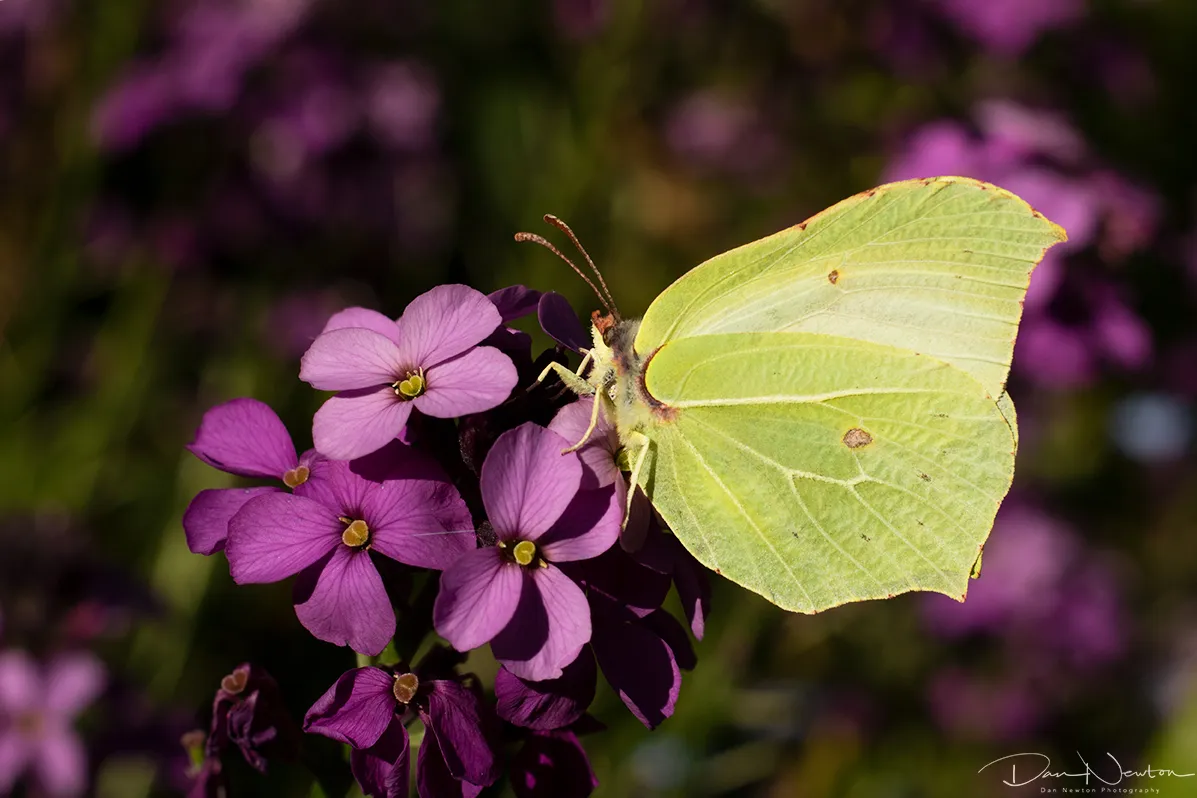
Brimstone - Gonepteryx rhamni
One particularly large and distinctive species is the Brimstone Butterfly (above). It's wings have a distinctive shape that resembles leaves, and the yellow-green colour provides excellent camouflage. It hibernates through Winter as an adult, and is often one of the first butterflies seen on warm Spring days.
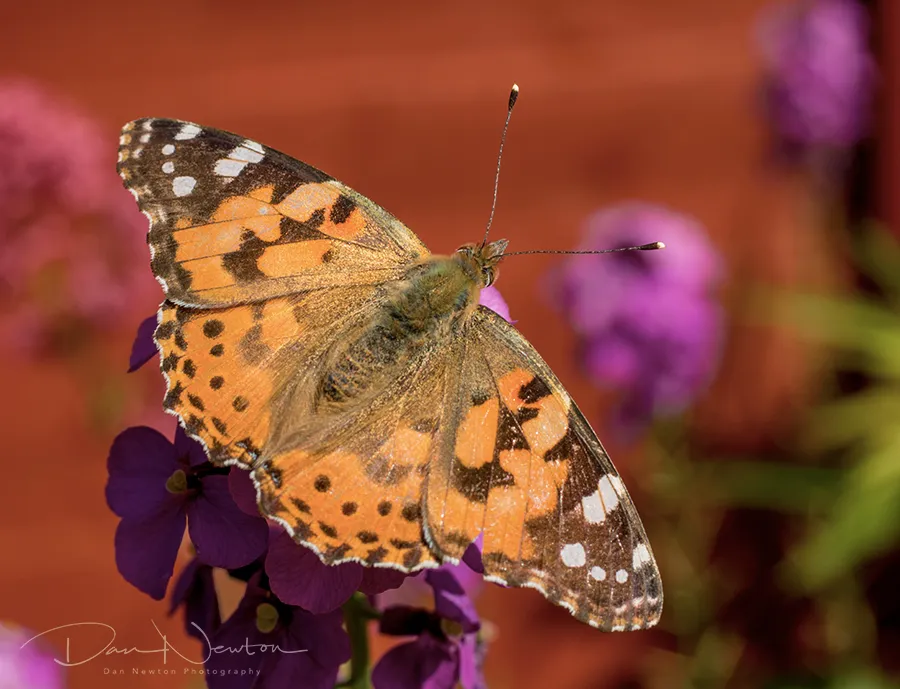
Painted Lady - Vanessa cardui
Another large and attractive species is the Painted Lady. It is a long distance migrant. The adult first emerges in the Spring in North Africa and the Middle East, and slowly move Northwards as the year progresses. By late Summer they can be seen here in the UK. As the migration is dependent on weather conditions (especially wind direction) the actual numbers that arrive here can vary enormously, some years just a handful show up, and in others 10's of thousands can appear. Last year (2019) was good year, but I haven't seen one this year yet!
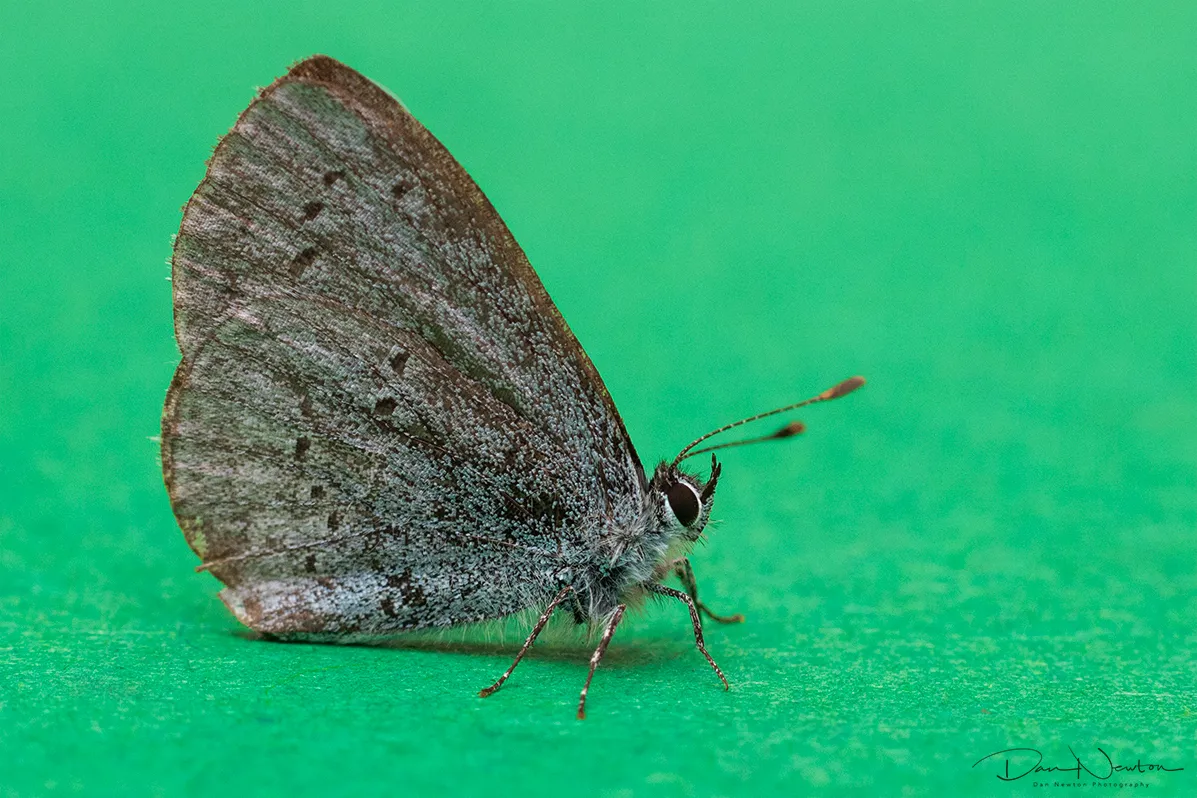
Next we have this smaller Butterfly: a Holly Blue. As the name suggests, it is one of the Blue butterfly species, although you don't often see the blue upperside to its wings. Its main caterpillar foodplant is Holly (the clue was in the name!) but it has also been seen on Ivy too.

Dragonflies and Damselflies (Ordonata) - 5 Species
Compared to the Butterflies, the Dragonflies are rarely seen in our garden. In fact, of these 5 species, only the Common Blue Damselfly has been seen more than once. This is mostly due to the fact that the Odonata are generally associated to water as the larvae are aquatic. The order is split into 2 groups: Dragonflies, which are larger and more robust, and the Damselflies, which are much more delicate insects. Both of them are excellent predators of flies and other flying insects.
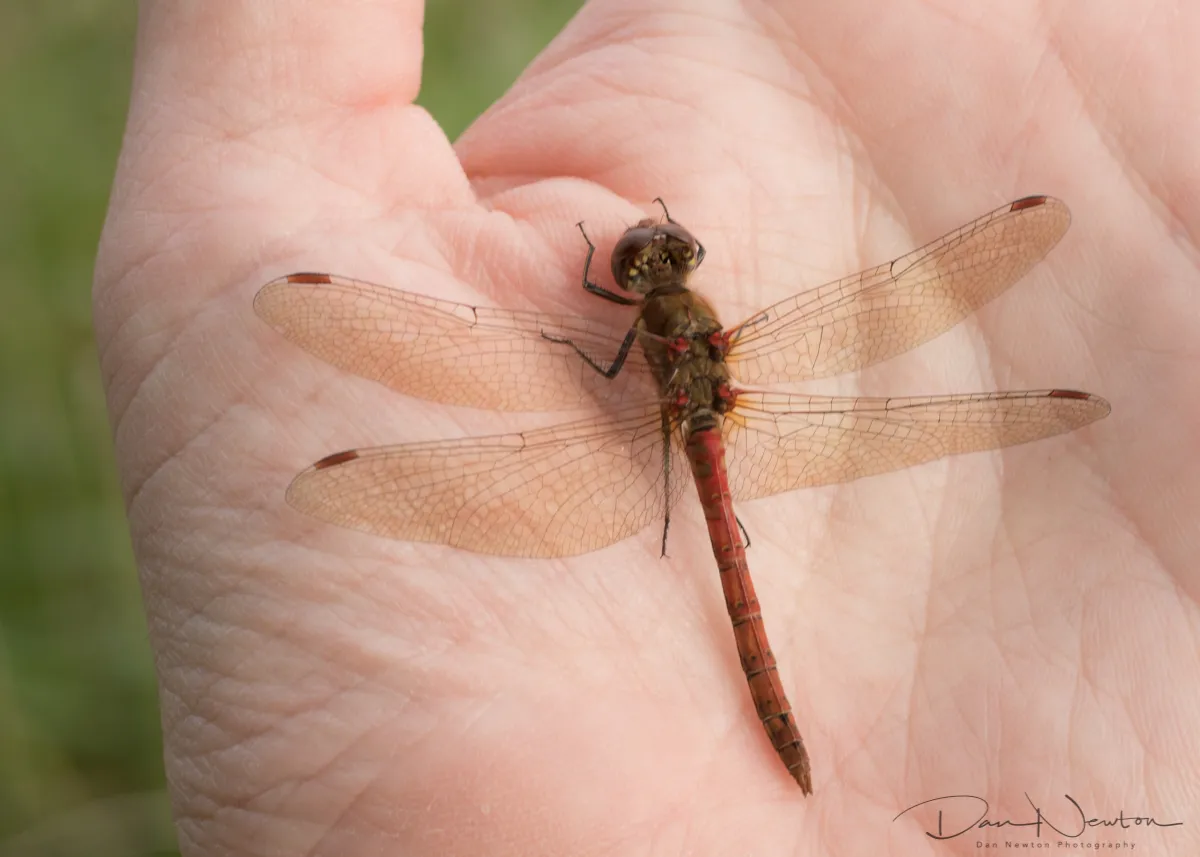
Common Darter - Sympetrum striolatum
These brightly coloured Dragonflies are reasonably common, this picture was taken in late Summer a couple of years ago. It was a cool morning and I noticed this individual flying weakly near me. I carefully held out my hand palm up, and he landed on it! I'm pretty sure he did purely to absorb the warmth from my hand. He perched for around 5 minutes, and after cleaning his head and eyes he flew off to start hunting. It was really cool to get to see one of these close up!
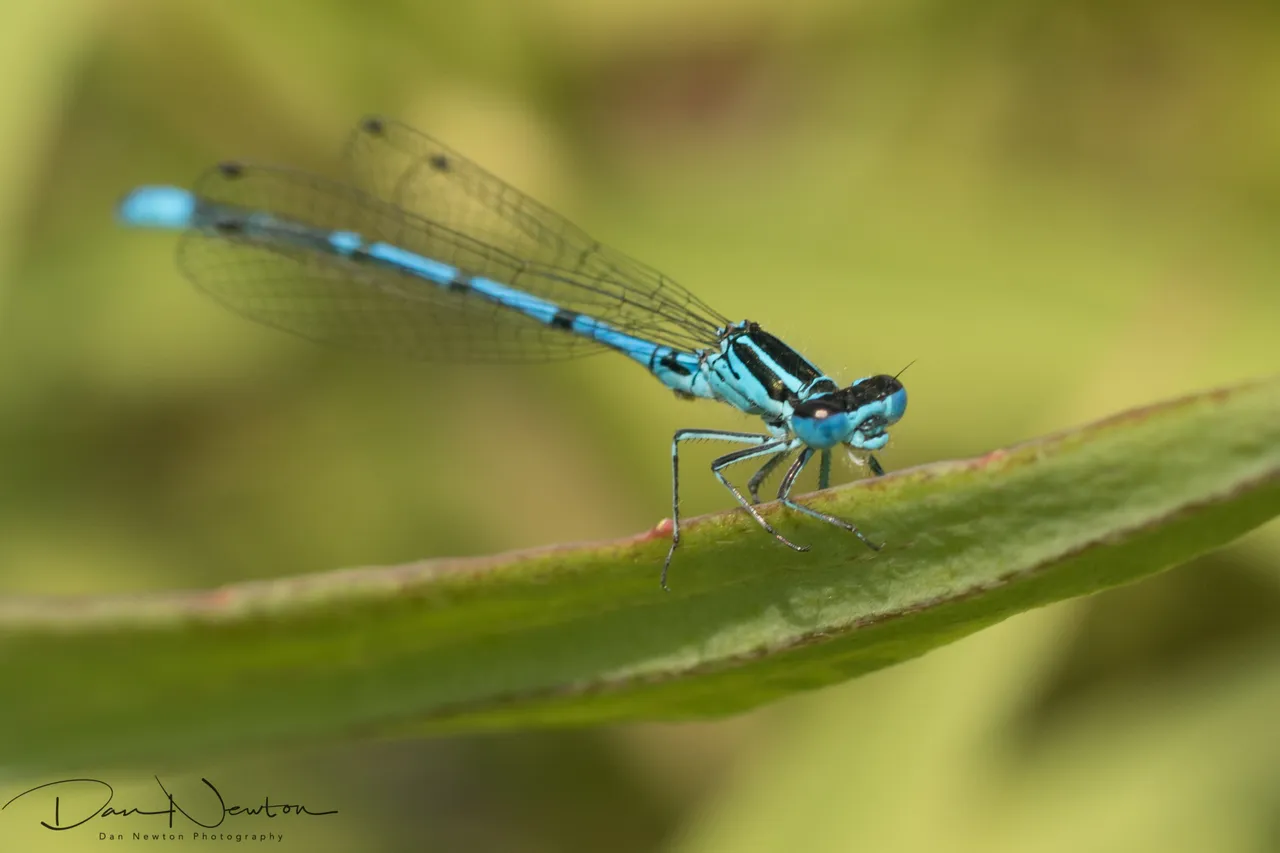
Common Blue Damselfly - Enallagma cyathigerum MALE
These damselflies are seen more often in our garden, we have seen them annually for the past 3 years, although only for a few minutes before they leave again. The male here is an attrative sky blue colour...
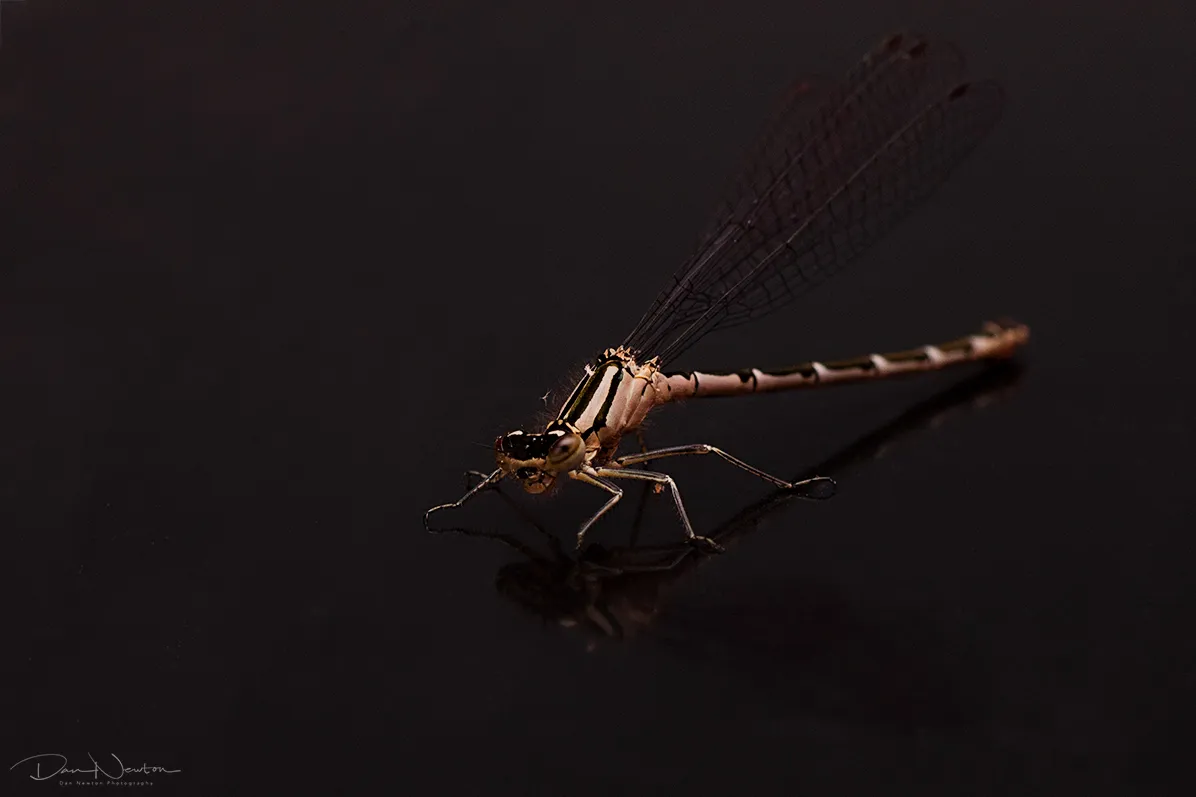
Common Blue Damselfly - Enallagma cyathigerum FEMALE
...whereas the female of the same species is a dull pink colour. This is an example of Sexual Dimorphism. This term means there are visible differences between the sexes of the same species. For some insects its a difference in size, or behaviour, but for most sexually dimorphic insects it is simply a different colour or pattern. The Common Darter featured above is also sexually dimorphic. The male is a bold red colour, whereas the female is yellow-brown colour. Some examples of that Here.
On that note I will finish this instalment. I don't want to over do it (or bore you to death!) so I will save the rest for another time
Hopefully you can see that this is a project that I am really interested in. As usual if you have any comments or questions then please write them below
Next week I will continue with the different species of Flies, particularly Hoverflies but I will look at other Fly families as well...
All names confirmed and checked via Wikispieces

If you have any thoughts or opionions on this article then I'd love to see your comments.
And if you really like the content then maybe you would like to upvote or re-hive it.

Check out my website for more of my work.
Facebook - Instagram - 500px - Redbubble
